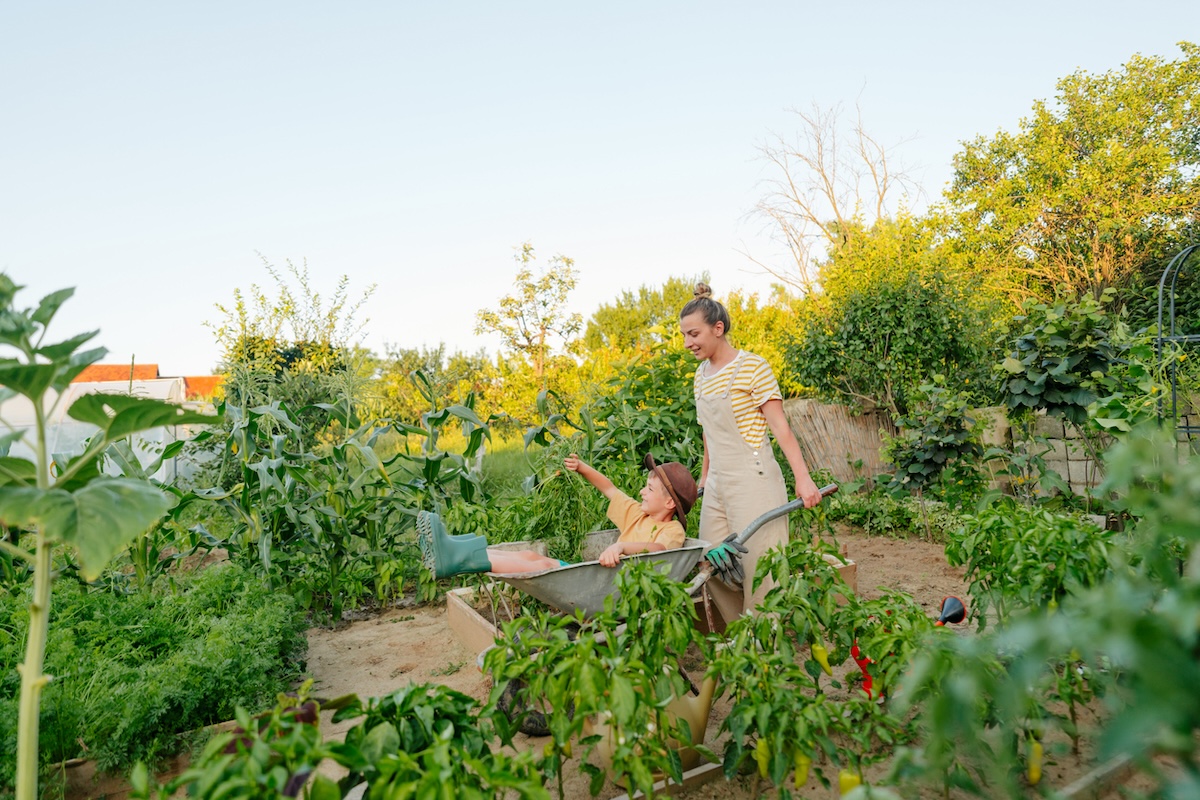

We may earn revenue from the products available on this page and participate in affiliate programs. Learn More ›
If you think it’s too late to plant a garden in July, think again. “There’s still so much time to sow so much,” says Petra Page-Mann, co-founder of Fruition Seeds. “As you’re pulling out spring peas and harvesting garlic to cure, say thank you [to your soil] with a fresh sprinkle of compost and sow beets for fall, lettuce for lunch, and another succession of dill for salad!”
Planting vegetables, herbs, and flowering plants in July is a great way to take advantage of the hot weather and summer sun that many plants crave. Not to mention, if you choose the right vegetable seeds to plant in July, you’ll be able to harvest late-season vegetables in fall for water bath canning or root cellaring.
Whether you’re growing plants from seeds or transplants, read on to discover what to plant in July and learn a few July gardening tips to help you garden in hot weather.
1. Beans (Phaseolus vulgaris)
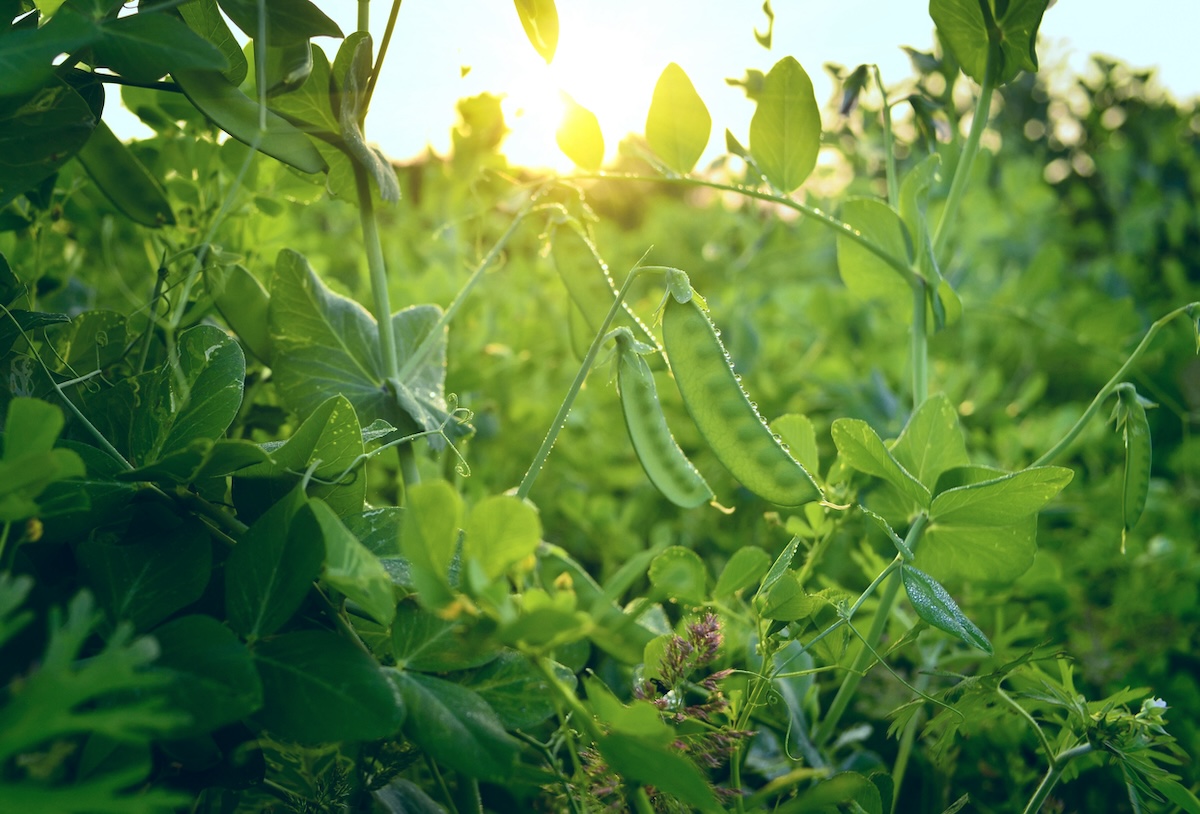
Beans are heat-tolerant plants that grow quickly in warm weather, so it makes sense that they’re one of the best plants to grow in July. Plus, if you plant beans at this time, you can often avoid bean pests like the Mexican bean beetle. Bush-type beans are usually the best choices for container gardens, but pole beans also grow well in small spaces with trellises.
Best For: Vertical gardens, container gardens, vegetable gardens
USDA Hardiness Zones: 2 to 11 (annual)
2. Beets (Beta vulgaris)
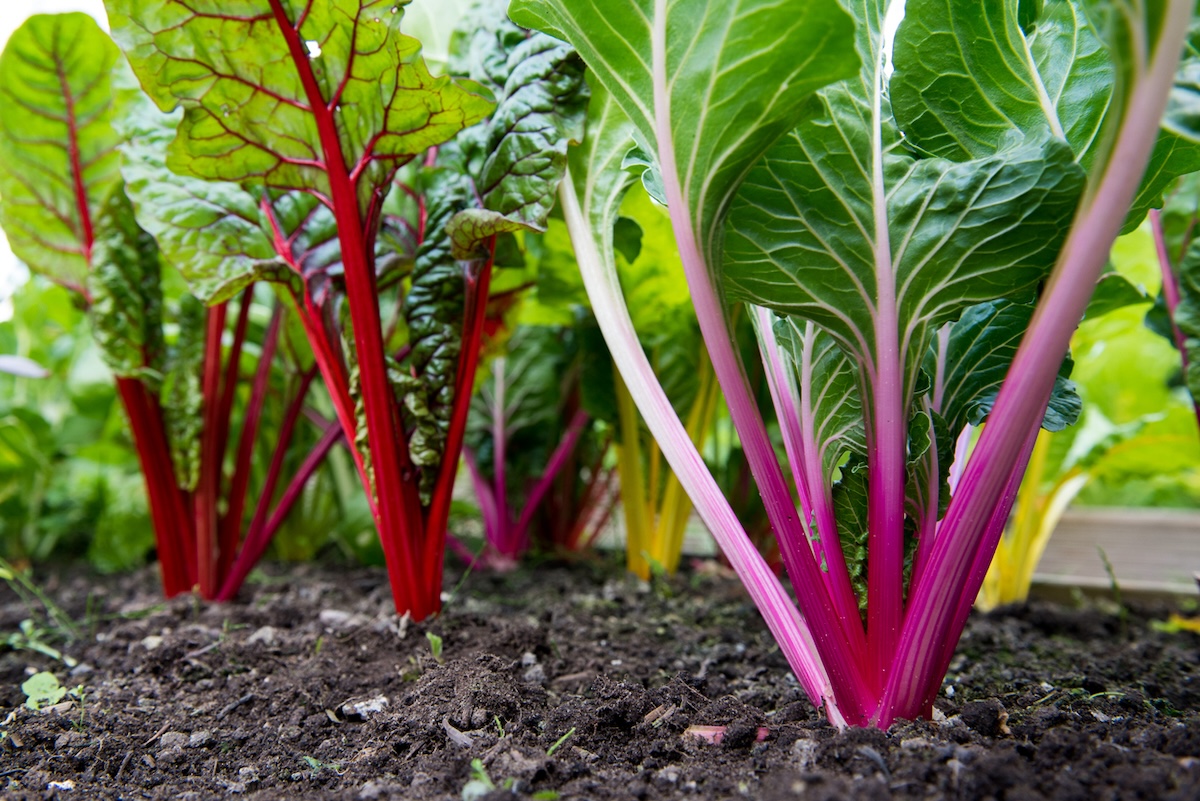
Beets take about 50 to 70 days to reach a harvestable size, which means if you plant these root veggies in July, you can reap the tasty rewards in September. Because beets grow so quickly, these plants are excellent candidates for succession planting and beet seeds can be sown through summer’s end for a late autumn harvest. For bigger beet roots, amend the soil with homemade or bagged compost, water often, and follow proper spacing recommendations.
Best For: Container gardens, vegetable gardens
USDA Hardiness Zones: 2 to 11 (annual)
3. Zinnias (Zinnia elegans)
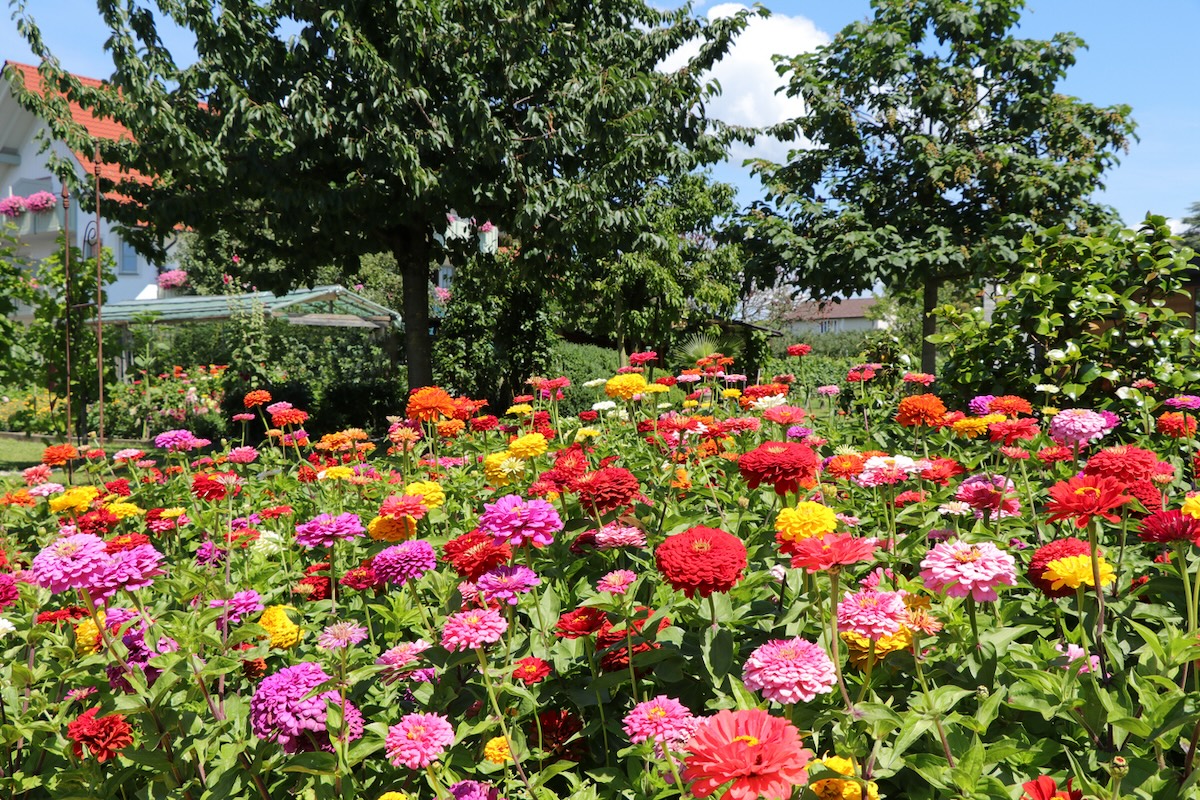
Dwarf zinnias are often interplanted in vegetable gardens to attract pollinators and beneficial insects that feed on garden pests. But if you love working with bold flower colors, you also can grow zinnias in flower bed borders or plant them in a cutting garden to use in homemade bouquets. Although zinnias can be grown from seed, you’ll get flowers much earlier if you use nursery-started plants and keep them watered well after transplanting, cutting back a bit once they’re established.
Best For: Flower gardens, container gardens, cutting gardens, companion planting
USDA Hardiness Zones: 2 to 11 (annual)
4. Summer Squash (Cucurbita pepo)
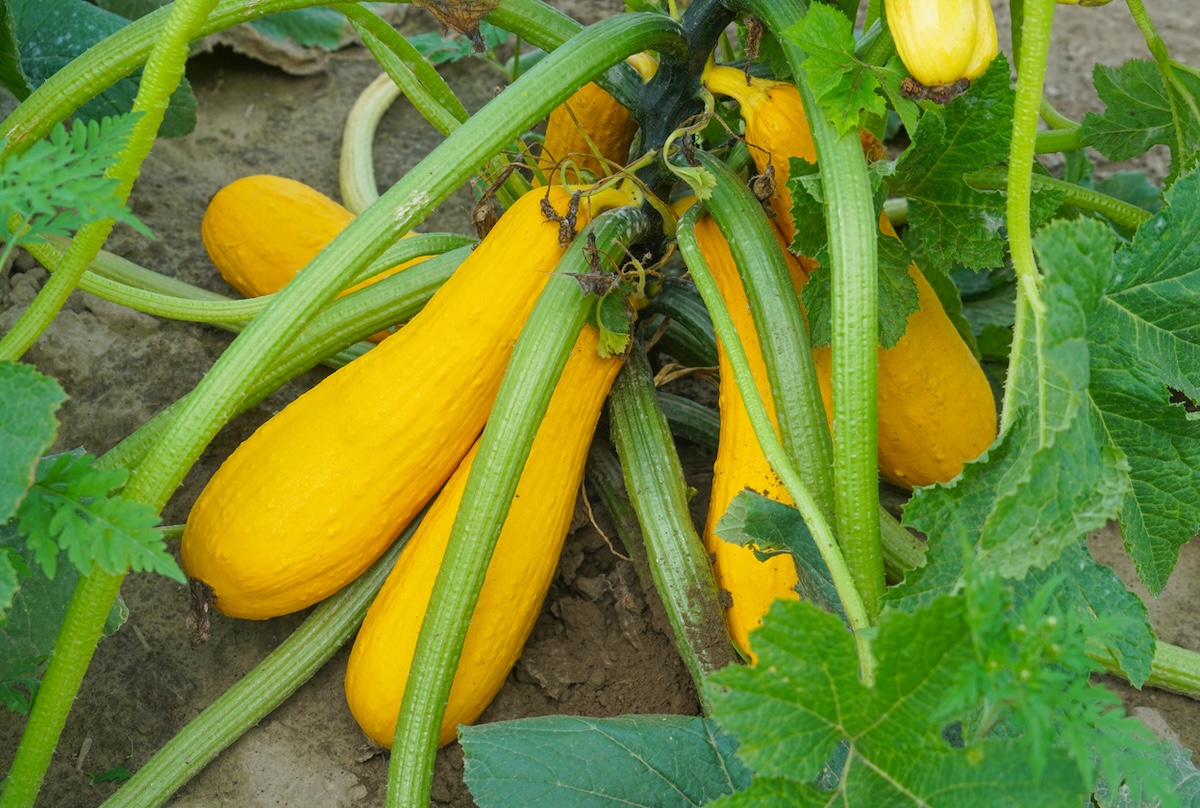
When most people think of July vegetables, they think of plants like summer squash, which are usually sown in late spring and harvested from mid- to late summer. However, in many areas, gardeners can plant a later crop of summer squash in early July and harvest these tasty veggies before frost arrives. To get bigger yields, amend the soil with compost before sowing squash plants and then fertilize the plants about once a month with a quality garden fertilizer.
Best For: Vertical gardens, container gardens, vegetable gardens
USDA Hardiness Zones: 3 to 10 (annual)
5. Carrots (Daucus carota subsp. sativus)
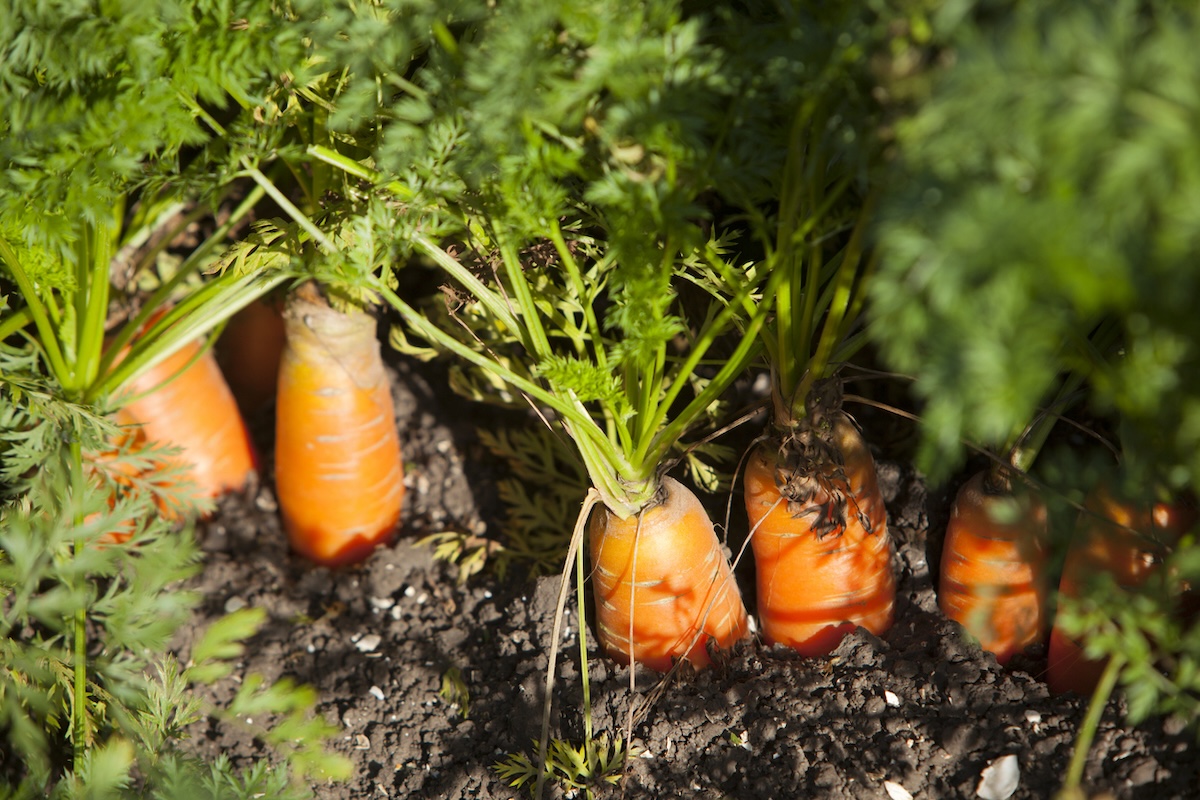
Cold-hardy carrots are one of the first crops of spring, but these fast-growing veggies can also be succession planted later in the season for an ongoing harvest. Late July to early August is the perfect time to plant carrot seeds for an autumn crop of roots. Choose short carrot varieties, like Parisian if you want to grow carrots in containers, or sow storage-type carrots, like Bolero, for root cellaring.
Best For: Container gardens, vegetable gardens
USDA Hardiness Zones: 3 to 10 (annual)
6. Cucumbers (Cucumis sativus)
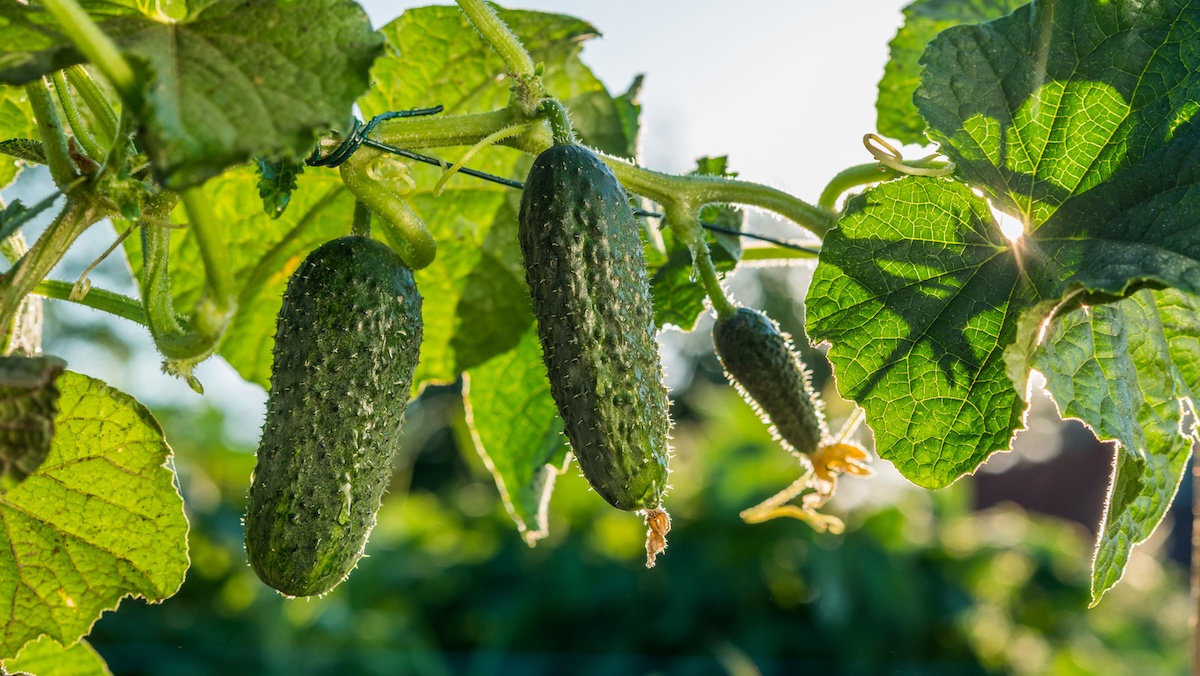
Early July is generally “last call” for planting cucumber seeds as these tender plants need to be harvested before frost hits. Luckily, most gardeners will still have time to harvest these vegetables planted in July since most types of cucumbers start fruiting just 50 to 70 days after planting. To boost harvest yields, fertilize cucumbers regularly and plant them near companions like dill and other flowering herbs to attract pollinators.
Best For: Vertical gardens, container gardens, vegetable gardens
USDA Hardiness Zones: 2 to 11 (annual)
7. Dill (Anethum graveolens)
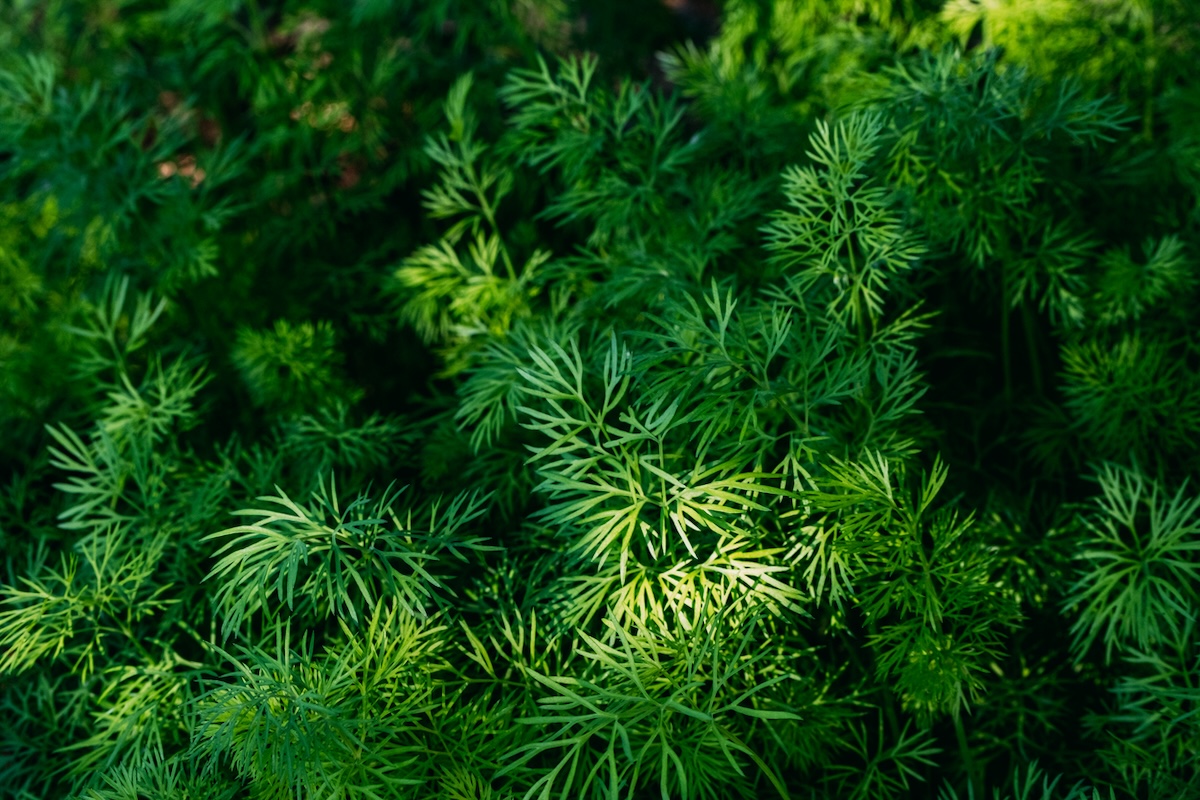
If you’re looking for fast-growing crops to plant in July, dill is hard to beat. This versatile herb grows so quickly that it can be harvested just 1 month after sowing, or as soon as plants produce at least 4 to 5 leaves. To reduce the chances of bolting, grow slow-bolt varieties of dill in light afternoon shade and water your plants regularly with about 1 inch of water per week.
Best For: Container gardens, pollinator gardens, companion planting
USDA Hardiness Zones: 2 to 11 (annual)
8. Lantana (Lantana camara)
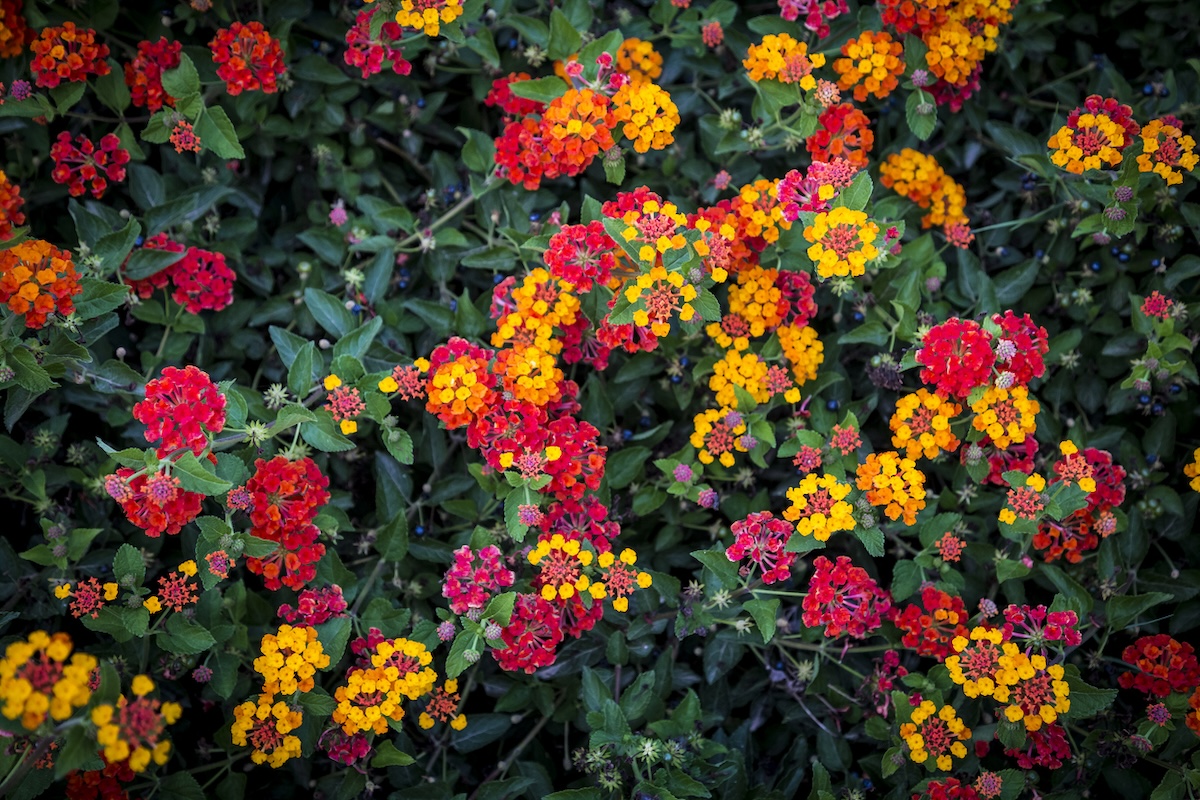
Thanks to its heat tolerance, lantana can also be planted in July as either an annual or perennial plant, depending on your growing zone. These profuse bloomers are top picks for container planting and their cascading flowers are especially well suited for window boxes and hanging baskets. Best of all, hummingbirds and other pollinators are sure to visit if you grow these flashy flowers.
Best For: Flower gardens, container gardens, pollinator gardens
USDA Hardiness Zones: Perennial in zones 9 to 11, annual in cooler areas
9. Lettuce (Lactuca sativa)
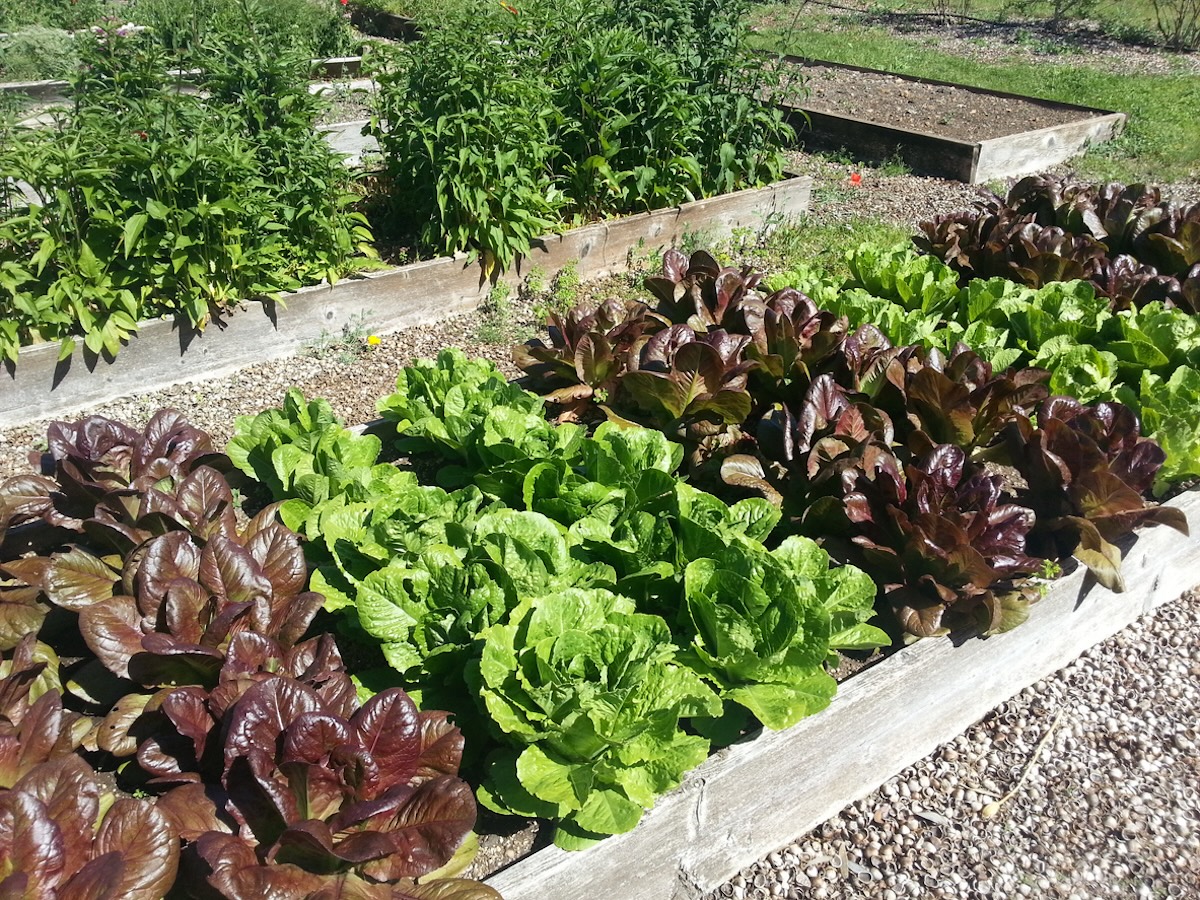
Many types of lettuce bolt in hot weather, but heat-tolerant lettuce varieties (like Black Seeded Simpson or Little Gem) can be planted in July and harvested just a few weeks later. If you’re growing lettuce in summer, look for varieties that are slow to bolt, (like New Red Fire), keep plants in a partially shaded spot, and water often.
Best For: Container gardens, vegetable gardens
USDA Hardiness Zones: 2 to 11 (annual)
10. Kale (Brassica oleracea)

While kale is mostly grown in cold weather, kale seeds can be directly sown in gardens from mid-July to mid-August for an autumn harvest of kale that’s perfectly timed for fall soup season. Just keep in mind that some kale pests, like aphids, are more active during the summer months, so you might want to grow kale under row covers or as a companion plant to scented herbs like chives.
Best For: Container gardens, vegetable gardens
USDA Hardiness Zones: 2 to 11 (annual)
